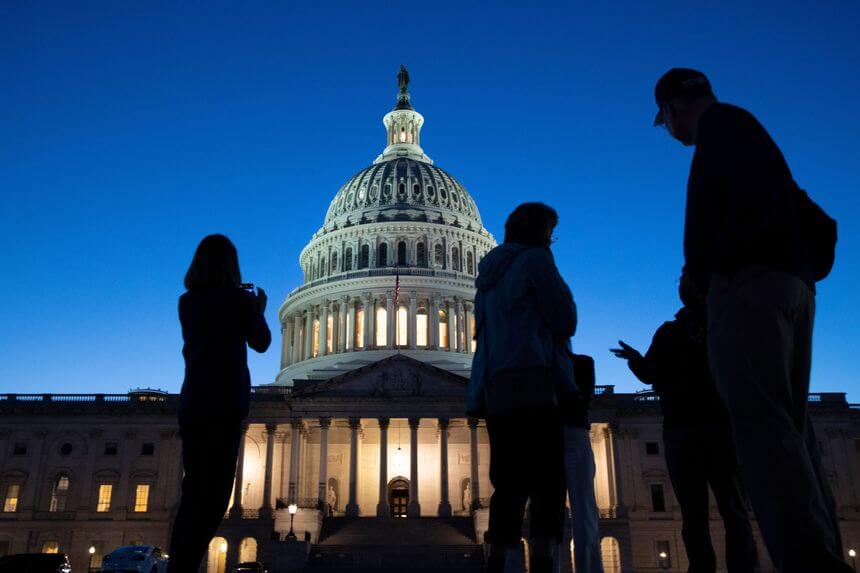Congress Raised the Debt Ceiling Again Without Doing Anything To Fix the $28 Trillion National Debt

The House of Representatives voted Tuesday evening to lift the debt ceiling by $480 billion, temporarily postponing a possible default until early December. The bill, which had passed the Senate last week, heads to President Joe Biden’s desk a few days before the October 18 deadline that Treasury Department officials had set for a possible default.
219-206, House approves rule along party lines that deems as passed the bill to raise the debt ceiling by $480 billion – until early December. Biden will sign it soon. *fixes tally from previous tweet
— Manu Raju (@mkraju) October 12, 2021
But the short-term measure doesn’t really resolve anything. It merely buys some time for Congress to reach an agreement on a more significant move on the debt ceiling, potentially as part of the $3.5 trillion reconciliation bill that Democrats are trying to push through the Senate.
To bring the short-term debt ceiling increase to the Senate floor last week, Republicans dropped their monthslong threat of blocking the legislature. In a letter to the White House last week, however, Senate Minority Leader Mitch McConnell (R–Ky.) warned that the GOP would not do so again. “I will not be a party to any future effort to mitigate the consequences of Democratic mismanagement,” McConnell wrote. “Your lieutenants on Capitol Hill now have the time they claimed they lacked to address the debt ceiling through standalone reconciliation, and all the tools to do it. They cannot invent another crisis and ask for my help.”
McConnell is right that Democratic brinkmanship on the debt ceiling—which could have been raised even without Republican support—was unnecessary and counterproductive. But Republicans were more than happy to raise the debt ceiling on several occasions while President Donald Trump was in the White House. More importantly, Republicans were happy to approve budgets that relied heavily on borrowing during the Trump years. Raising the debt ceiling now is necessary to allow the Treasury to borrow money for that already-approved spending.
That’s a detail often lost in debates over the debt ceiling—and one that is sometimes willfully misplaced. Rep. Marjorie Taylor Greene (R–Ga.), for example, claimed that Tuesday’s vote on the debt ceiling was to “pay for” the $3.5 trillion reconciliation bill. – READ MORE




Responses